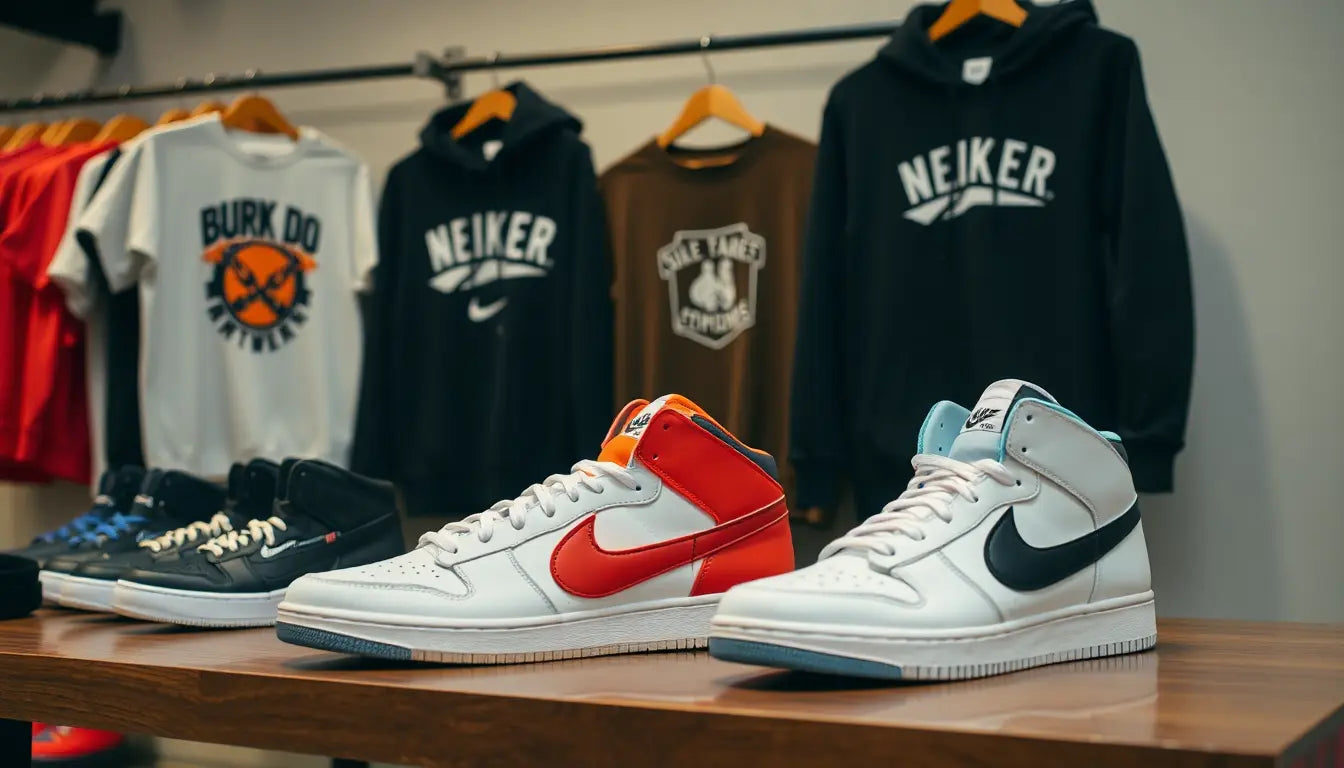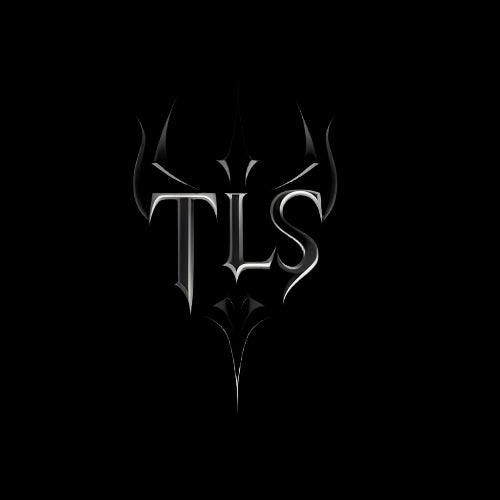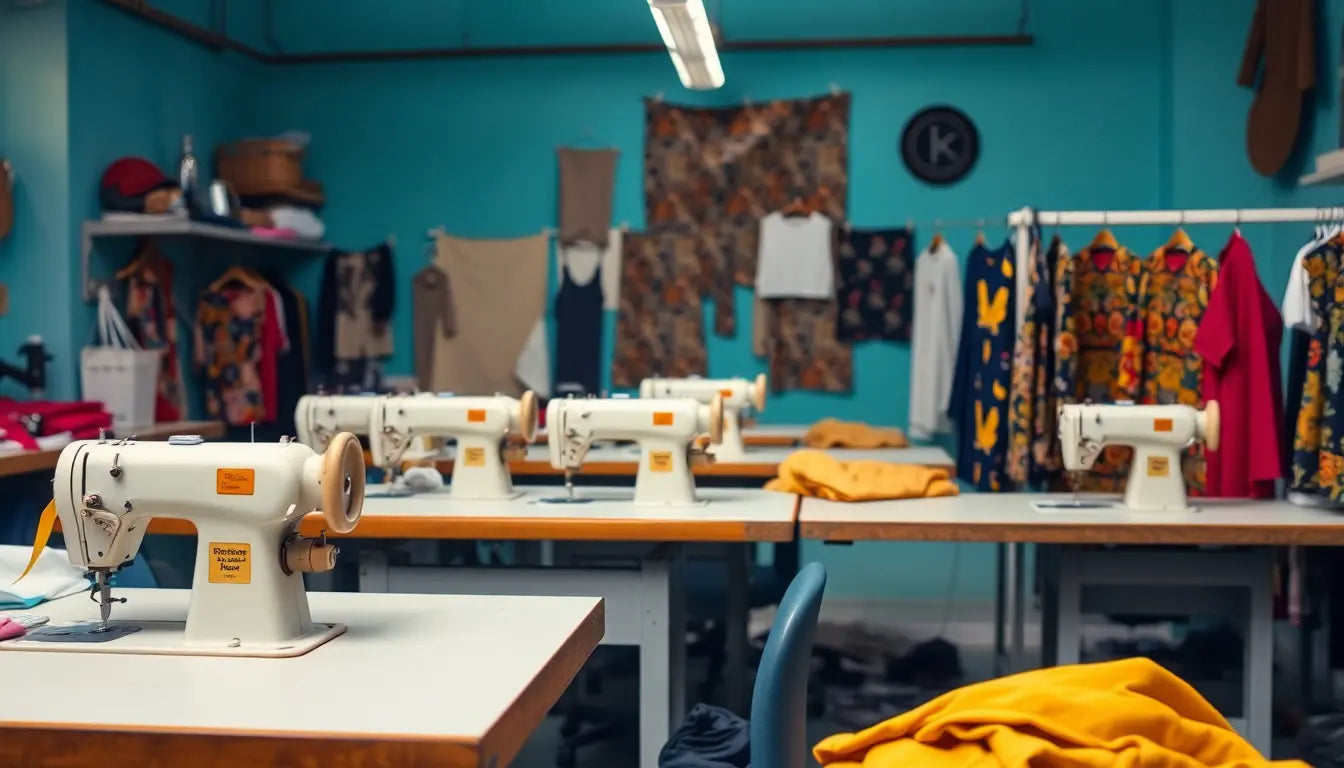
90-Day Launch Plan for Fan-Led Dancehall Streetwear: From Concept to On‑Demand Production and Global Drops
Introduction
Launching a dancehall streetwear brand that resonates globally in 90 days is an ambitious but achievable goal when you center fans, use on‑demand production, and plan staggered global drops. This extended guide gives a deep, tactical blueprint you can execute day by day, with templates, KPI targets, cost examples, outreach scripts, and troubleshooting tips. Use it as an operational manual and creative playbook to go from idea to international drop in three months.
Why a 90-Day Fan-Led Launch Works for Dancehall Streetwear
- Speed to market keeps cultural relevance high and avoids missing trends in a fast-moving scene.
- Fan-led design ensures authenticity and built-in creators who will promote organically.
- On‑demand production minimizes expense and risk, allowing you to test markets and iterate quickly.
- Global drops create scarcity and media moments, ideal for building a brand identity around limited releases and storytelling.
Big Picture Goals and KPIs
- Primary goal: Launch first collection that validates product market fit and generates sustainable revenue.
- Core KPIs to track weekly: email signups, pre-orders, conversion rate, social engagement rate, cost per acquisition, average order value, fulfillment lead time, return rate.
- Secondary goals: brand mentions, UGC volume, influencer ROI, and repeat purchase rate within 120 days.
Audience Deep Dive
Be specific: map the microsegments and build different messages for each.
- Dancehall enthusiasts and dancers who value movement, fit, and bold graphics.
- Music-first fans and concert goers who want artist affiliated drops and collectibles.
- Streetwear collectors who care about limited runs, collabs, and provenance.
- Regional segments: Caribbean mainland fans, diasporic communities in the UK and North America, and growth audiences in Africa and Europe.
Core Strategy Recap
- Fan-led design loops to ensure authenticity.
- On‑demand production for low inventory risk.
- Regional, time-limited global drops to build scarcity and press moments.
- Iterative playbooks to scale winning designs into small-batch premium runs and wholesale later.
SEO and Content Strategy
SEO will drive long-term organic traffic and support drops. Plan both evergreen and trend-driven content.
- Core keyword clusters to target: dancehall streetwear, dancehall fashion, Caribbean streetwear, streetwear drops, limited edition streetwear, fan designed clothing, print on demand streetwear.
- Long tail and content ideas: how to style dancehall streetwear for summer parties, history of dancehall fashion, top dancehall artists influencing streetwear, interview series with dance crews, drop recaps.
- Content formats: blog posts for SEO, short-form video for discovery, behind-the-scenes livestreams for community, newsletters for conversion.
Pre-Launch Phase: Days 1 to 30
Objective: Validate concept, build a community, and prepare tech and creative infrastructure.
Week 1: Research, Positioning and Keyword Foundation
- Competitive audit: collect 10 competitor sites and list strengths, weaknesses, price points, and marketing channels.
- Keyword research: build a list of 40 keywords split by intent. Prioritize 5 primary keywords and 10 secondary keywords for SEO content planning.
- Brand pillars: craft 3 core values and a one-sentence brand mission that reflects dancehall culture and fan ownership.
Week 2: Community Onboarding and Creative Brief
- Set up a community hub such as Discord or Telegram with channels for design feedback, collabs, events, and general chat.
- Launch a landing page that captures email and community signups. Include a short lead magnet like a downloadable culture guide or ringtone inspired by dancehall.
- Create and publish a creative brief for designers and fans describing theme, color palette, permitted art styles, and brand boundaries.
Week 3: Design Solicitation and Curation
- Open submissions from fans and designers. Include a simple submission form that captures name, social handle, concept brief, and art files or mockups.
- Use community voting and a small curatorial panel of 3 cultural advisors to shortlist 8 to 12 concepts.
- Negotiate contributor terms early and use a simple contributor agreement template to secure usage rights and optional royalties.
Week 4: Technical Setup and Sample Ordering
- Choose e-commerce platform and payment providers. Recommended stack: Shopify or WooCommerce, Stripe, and a regional payments solution if targeting Africa or Caribbean.
- Select two POD providers and order samples for fit and print quality. Test for color accuracy, wash durability, and sizing consistency.
- Set up email system and basic automations for welcome series and pre-order alerts.
Build Phase: Days 31 to 60
Objective: Translate designs into launch-ready products, validate demand with pre-orders, and build content and ad funnels.
Week 5: Finalize SKUs, Pricing and Margin Targets
- Choose 4 to 8 hero SKUs. Typical mix: t shirts, hoodies, caps, and one premium outerwear item or accessory.
- Pricing model: aim for a 2.5x to 3x markup over landed cost for POD. For example, if landed cost per hoodie is 20, retail at 60 to 70 depending on region and brand positioning.
- Set shipping tiers and region-specific duties or estimated tax info to minimize post-checkout surprises for customers.
Week 6: Product Pages, SEO and Storytelling
- Write SEO-rich product pages with embedded storytelling: why this design, which fan contributed, and cultural significance.
- Include fit and movement photography and short clips of dancers wearing the pieces to convey motion and fit.
- Publish long-form blog content aligned to priority keywords and create internal links to product pages.
Week 7: Pre-Order Launch and Community Incentives
- Open pre-orders for a fixed window of 10 to 14 days. Use early-bird pricing, limited edition numbering, and contributor credits to incentivize purchases.
- Segment email audience and personalize creative: region-specific messaging, dancer-targeted copy, and collector messages for limited items.
- Run small paid-social experiments to validate creatives. Track click-through and pre-order conversion closely and iterate creatives daily.
Week 8: Content and Activation Calendar
- Host a mid-pre-order livestream with a dance crew and featured designers to push urgency and humanize the brand.
- Activate a UGC hashtag and run a contest that awards free items or a VIP collab to the top UGC creators.
- Roll out a short-form video calendar with daily prompts for 14 days: reveal sketches, behind-the-scenes print tests, unboxing rehearsal, and dancer showcases.
Launch Phase: Days 61 to 90
Objective: Execute regional drops, fulfill orders cleanly, amplify via influencers and press, and measure everything.
Week 9: Fulfillment and Quality Control
- Confirm final production timelines with chosen POD and local micro-fulfillment partners. Document lead times and expected ship dates per region.
- Order QC batches from local providers for heavy items. Validate labels, hangtags, and packaging heft so premium items feel premium.
- Set up order tagging and routing so that orders go to the optimal production center based on destination.
Week 10: Staggered Global Drops and Time Zones
- Plan drop calendar: sample schedule could be Caribbean drop on Friday evening Kingston time, UK drop on Saturday midday London time, US drop on Friday evening ET, and EU drop on Saturday morning CET.
- Use countdown timers, timed cart openings, and email reminders with clear local time conversions to reduce confusion.
- Prepare customer service scripts for common inquiries about sizing, shipping, and product authenticity.
Week 11: Influencer Seeding, Press and Paid Amplification
- Send press kits and early access units to 10 to 15 priority influencers and press contacts. Tailor kits by region and provide local language notes if needed.
- Run higher budget paid campaigns for the days of the drop focusing on retargeting pre-order visitors and lookalike audiences built from email lists.
- Coordinate influencer posts to go live during the drop window to spark social proof and real-time UGC.
Week 12: Post-Launch Optimization and Retention
- Analyze performance against KPIs. Identify winning SKUs and creative that drove the most conversions.
- Send post-purchase flows: order confirmation, production updates, shipping notifications with tracking, and a delivery follow-up asking for photos and review.
- Plan next capsule using sales data and top community feedback. Consider small-batch runs for premium items that performed well.
Operational Playbook: On‑Demand Production and Partner Selection
- Partner selection criteria: production footprint, print quality, garment catalog, sample program, integration with your store, shipping partners, and customer support responsiveness.
- Common POD providers and strengths: some providers excel at apparel basics and global fulfillment, others offer better premium outerwear or local production options.
- Test order protocol: always order size samples in multiple sizes, wash them, and test durability. Check color balance between digital mockups and physical prints.
- Backup plan: keep a secondary POD partner and a local print shop in priority regions to cover outages or quality issues.
Fulfillment, Shipping and Returns Strategy
- Regional fulfillment minimizes duty and speeds delivery. Integrate automated routing where possible.
- Clear shipping messaging: show estimated delivery windows and potential customs or duty costs before checkout when relevant.
- Returns policy: for POD, favor exchanges or credit over refunds to reduce waste and protect margins. Be transparent on final sale limitations for limited edition items.
- Packaging: simple branded packaging that feels premium but keeps shipping weight and dimensions low. Include a postcard or sticker that tells the story of the drop to drive UGC and repeat buyers.
Creative and Design Playbook
- Art specs: provide contributors with recommended file types, color modes, DPI, and safe zones. Typical: vector art in PDF or AI, or 300 DPI PNG with transparent background for raster.
- Color and ink: understand how RGB art converts to CMYK or direct-to-garment ink. Ask POD partners for color profiles for best matching.
- Placement and scale: create mockups that show front, back, sleeve, hem tags, and hood prints. Provide size templates so designers know how art sits on different garments.
- Collab credits: always credit contributors on product pages and social posts. Consider small royalty splits or unit-based payments to incentivize creators.
Pricing and Unit Economics Example
Example hoodies economics for guidance. Adjust numbers for your actual POD pricing and shipping costs.
- Landed cost per hoodie include: POD unit cost 22, print payment and customization 4, packaging and materials 2, shipping to customer average 8, payment fees 3. Total landed cost = 39.
- Retail price target = 99. Gross margin = 60 percent before marketing.
- Customer acquisition target CAC = 25 for launch period. Break even units per paid campaign and profit projections should be modeled before spending heavily.
- Bundle and AOV strategies: offer add-on caps or stickers to raise average order value and cover CAC better.
Marketing Playbook and Content Calendar Example
Sample 14 day content calendar around pre-order and drop.
- Day 1: Launch teaser reel with designer voiceovers and dance clips.
- Day 2: Designer Q and A in stories or live session.
- Day 3: Product mockup reveal with sizing guide and fit video.
- Day 4: Fan submission highlight and voting reminder.
- Day 5: Influencer unboxing rehearsal and behind-the-scenes print test.
- Day 6: Blog post on the cultural inspiration behind the collection published and shared across channels.
- Day 7: Reminder countdown and early-bird deadline message.
- Day 8: Pre-order opens, paid ads launch, and email blast to list.
- Day 9: Livestream performance and community chat to drive urgency.
- Day 10: Mid-window success update and social proof push.
- Day 11: Influencer posts coordinated for maximum overlap with drop timezone.
- Day 12: Last chance email with testimonials and UGC from early buyers.
- Day 13: Close pre-orders and publish production timeline with expected shipping dates.
- Day 14: Post-window thank you and upsell strategy for limited accessories.
Email Sequences and Sample Subject Lines
Keep emails short, visual, and action oriented.
- Welcome series: subject line ideas: 'Welcome to the crew', 'Youre in: what to expect next', 'Vote now: help pick the first drop'.
- Pre-order launch: 'Pre-order open: limited time pricing', 'Last chance for early price and numbering'.
- Cart abandonment: subject line ideas: 'You left something behind', 'Still thinking it over? Heres 10 off for 24 hours'.
- Post-purchase: 'Thanks for your order', 'Your drop is in production', 'Your order is on the way' and 'Show us your fit and get featured'.
Influencer Outreach Templates and Guidelines
Be concise and personal. Offer value beyond payment like unique promo codes, affiliate percentages, or co-created merch.
- First outreach sample: short intro, why they matter, what you are launching, what you want from them, and what you offer in return.
- Follow-up approach: gentle reminder that you value their input, offer a quick creative brief, include shipping timeline for sample arrival.
- Payment models: free product plus affiliate, flat fee per post, or a hybrid with bonus for driving sales. Track links and codes to measure ROI.
PR Pitch Template and Media Targets
- Pitch structure: one line hook, 2 to 3 sentence narrative explaining cultural relevance, offer of interview or exclusive early access, and noteworthy contributors or collabs.
- Media targets: music culture sites, streetwear blogs, Caribbean diaspora outlets, local city lifestyle publications, and mainstream fashion press for later larger drops.
- Timing: reach out a week before drop with an exclusive angle, and follow up during drop with hot images and performance numbers to secure coverage.
Legal, IP and Contributor Agreements
- Contributor agreement essentials: assignment of rights, royalty or one time payment terms, credit requirements, moral rights waiver, limited exclusivity clauses, and representation of originality.
- Trademarks: consider trademarking the brand name and core logo in your priority markets to prevent misuse.
- Music sampling and art: ensure any music or quoted lyrics used in designs are cleared and licensed, even for small runs.
Analytics, Reporting and Growth Metrics
- Set up GA4 and ensure e commerce events are firing correctly for add to cart, begin checkout, purchase, and refunds.
- Dashboards to monitor: weekly revenue, returns, top SKUs, customer LTV, CAC by channel, and conversion rate by traffic source.
- A/B test creatives on paid social to find top performer then scale budget into that creative and regionally localized variants.
Scaling After the First 90 Days
- Take winning graphics and offer small premium runs with higher margin cut and improved materials.
- Explore artist and label collaborations for co-branded drops and cross promotion.
- Develop wholesale or retail partnerships selectively where margin and brand fit are favorable.
- Invest proceeds back into inventory for best sellers so you can reduce per unit cost and improve margins.
Common Pitfalls and How to Avoid Them
- Pitfall: Poor quality control lead to returns and negative PR. Avoid by testing samples and limiting initial SKUs.
- Pitfall: Over-expansion into SKUs and markets too quickly. Avoid by using data to guide expansion after proven demand.
- Pitfall: Ignoring duties and taxes which surprises customers. Avoid by communicating clearly and using regional fulfillment where possible.
90-Day Checklist: Daily and Weekly Tasks Summary
- Daily: check production queues, community messages, ad performance, and customer service inbox.
- Weekly: review KPIs, publish content, run influencer check-ins, order QC samples if needed, and iterate creatives.
- End of each phase: document learnings, update contributor agreements or pay terms, and refine the creative brief for next drop.
Appendix: Practical Templates and Copy Snippets
Use these snippets and adapt to your voice.
- Pre-order banner copy: 'Pre-order open now for limited edition drop. Estimated shipping in 6 to 8 weeks. Early buyers receive exclusive numbering and free sticker pack.'
- Live stream intro script: 'Welcome to the official reveal. Tonight we celebrate the culture, the creators, and the crew. Vote in chat and help pick the next collab.'
- Customer update template: 'Thanks for your order. Your piece is in production. Expected ship date: day month. Track once shipped.'
Case Study Hypothetical: Launch Metrics Example
Week by week projection for a lean launch with a 10k marketing test budget.
- Email signups after month one: 2,500
- Pre-order conversion rate during window: 2.5 percent
- Average order value: 78
- Revenue after pre-order window: 20,000 to 40,000 depending on creative and influencer impact
- ROI: hit break even on paid campaigns if CAC holds under 30 and email conversion is optimized
Final Recommendations
- Start small and be fan-first: involve fans early, credit them, and maintain transparency about production and shipping timelines.
- Test heavily: small tests of ad creative, copy, and influencer formats will show the fastest path to scalable ROAS.
- Use on‑demand to minimize risk but be prepared to convert winners into small-batch runs to improve margins and tactile quality.
- Measure and iterate: data should guide your next drop decisions, SKU expansion, and when to invest in inventory and offline partnerships.
Call to Action
Ready to begin the 90-day journey? Launch your landing page, set up your community hub, and invite your first 100 fans to shape the first designs. Use the checklist and templates in this guide as your operating manual, and plan weekly review sessions so the cohort of fans and creators owns the path forward. This fan-led, on-demand approach will keep your brand authentic, nimble, and ready for global drops that resonate with dancehall culture and collectors alike.


